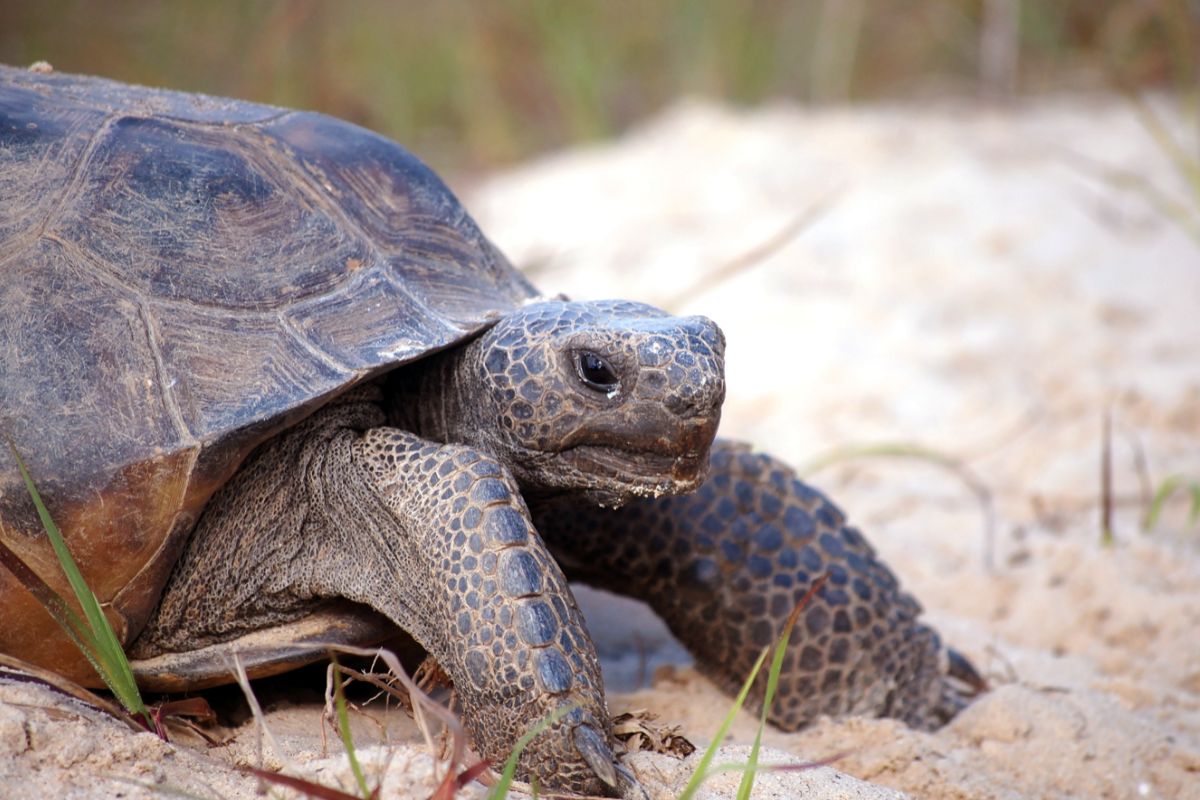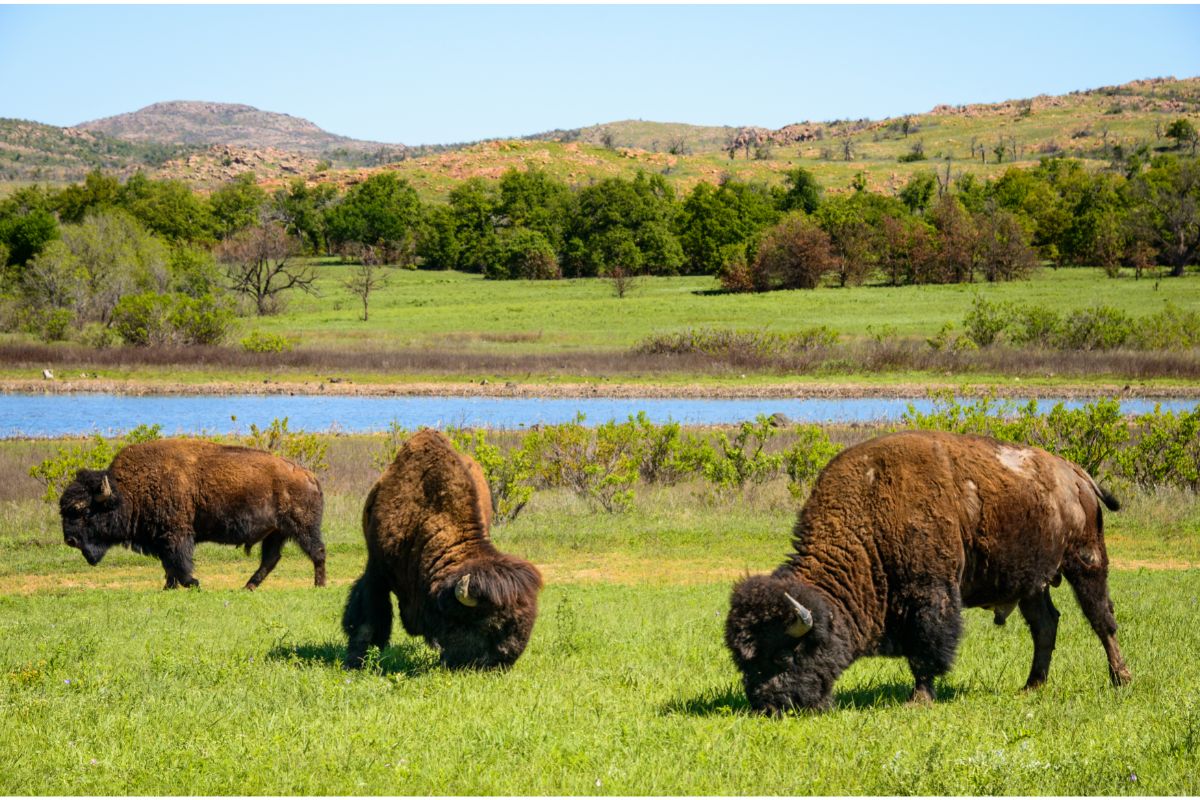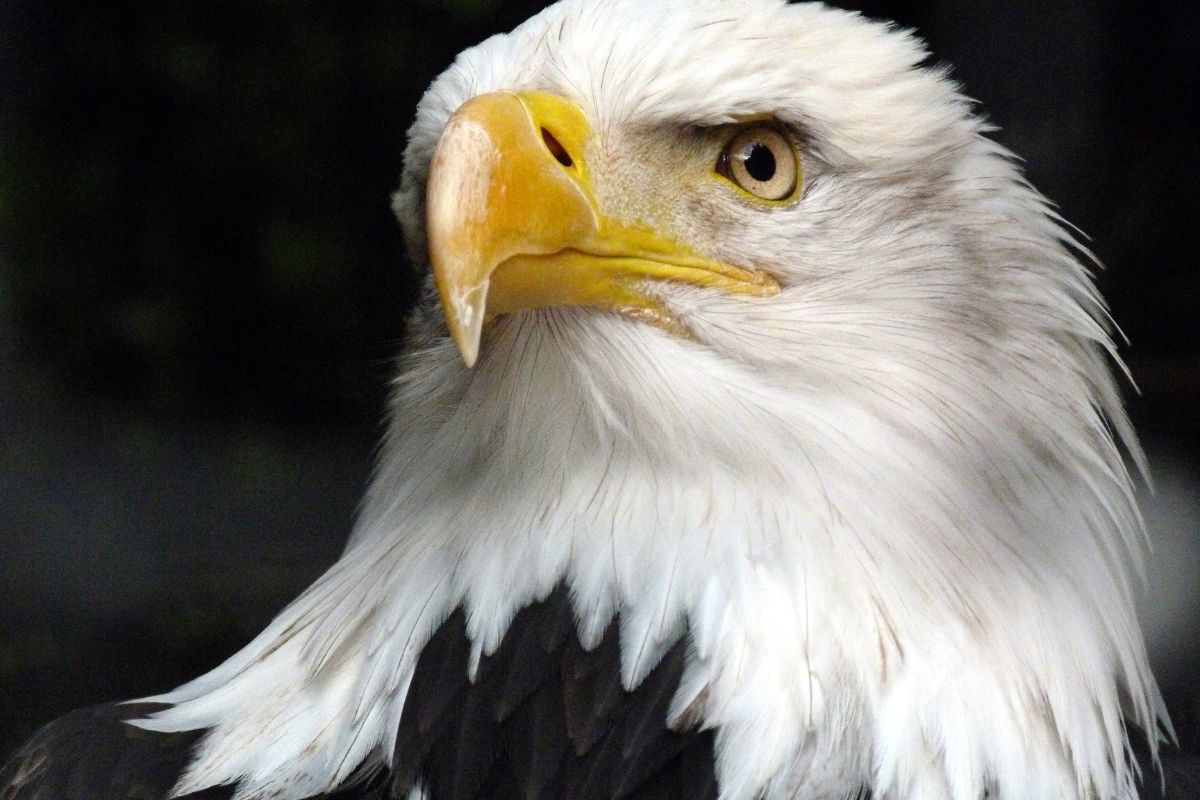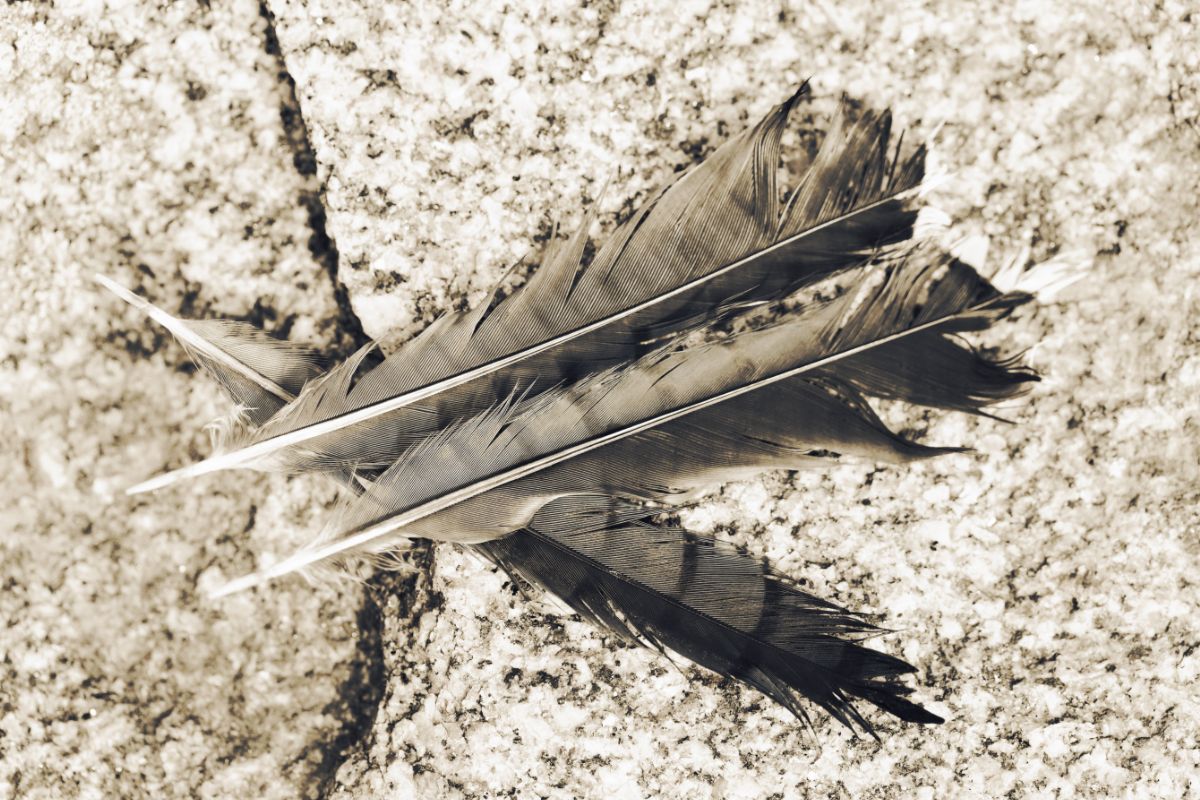There’s a high chance you’re fairly familiar with the tortoise but there’s a lot more to learn about the species as a whole, particularly the gopher tortoise.
Roaming the sandhills, coastal dunes, and upland forests of the deep south for thousands of years, this medium-size species of tortoise is surprisingly interesting and pretty awesome. However, what do you know about this species?
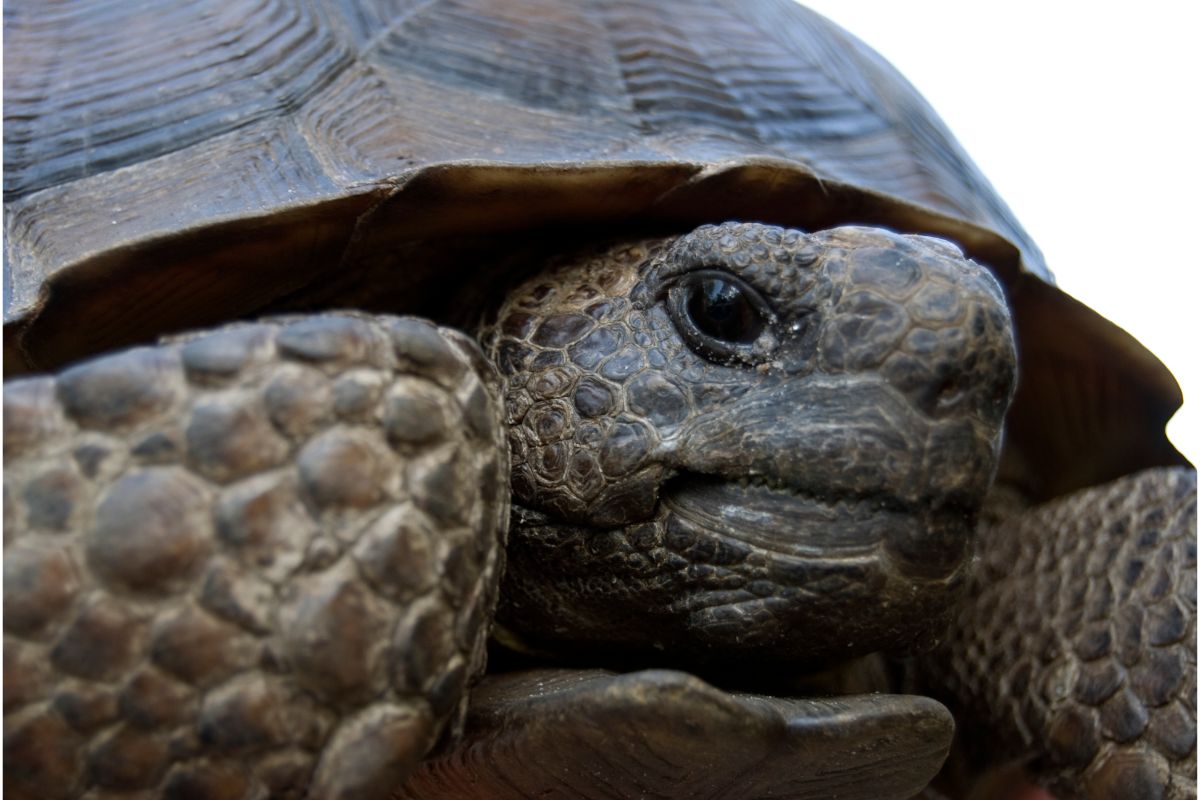
The chances are you probably know very little. For example, did you know that if it wasn’t for the gopher tortoise over 350 wildlife species that seek refuge in gopher tortoise burrows would have massively reduced populations?
Some would even be extinct.
Today, we’re going to share our favorite fun facts about gopher tortoises so you know more about the species and just how special they are.
Let’s get started, shall we!
1. Gopher Tortoises Are Ecosystem Engineers
Gopher tortoises are named because of their ability to dig amazingly long, deep burrows. This species of tortoise has specialized front legs that act as shovels to help them dig. Their back legs are sturdy and strong, helping them stay in place.
They use their legs to dig complex burrows that are used by an incredibly wide range of animals. There are over 350 other species that use the gopher tortoises burrows for shelter. Without that shelter, most of these species would struggle to survive.
Amazingly, one gopher tortoise burrow in the Florida panhandle was found to be 65 feet long and 26 feet deep.
2. The Gopher Tortoise Is 60 Million Years Old
This beautiful species of tortoise is actually 60 million years old. The species originates from a group of land tortoises that originated in North America.
To put that into perspective, this group of tortoises came about just 5 million years after the dinosaurs went extinct. That makes this species of tortoise extremely old.
3. Gopher Tortoise Will Eat Anything
Generally speaking, the gopher tortoise is a species that loves to munch on herbaceous plants, leafy greens, and veggies. However, they are also opportunistic eaters.
This means they will scoop up and eat anything they find. This could include carrion, dead insects, or even crabs.
This species of tortoise will usually avoid the midday heat and search for food in the evening. They will also stay pretty close to their burrows.
It’s fair to say the gopher tortoise isn’t fussy.
4. Gopher Tortoises Can Get Aggressive When Looking For A Mate
Despite their slow, relaxed nature and cute appearance, when it comes to mating, the gopher tortoise can get pretty aggressive.
In fact, they’ll get super competitive when they find a mate another tortoise is interested in. This aggression usually occurs in males fighting over a female. They will push, ram, and bob their heads towards their competitors.
Bizarrely, some male gopher tortoises will even poop on their rivals in order to win a female over.
5. They Have A Super Long Lifespan
As you may already know, most species of tortoise have an extremely long lifespan compared to other animals. The gopher tortoise is no different.
On average, a gopher tortoise will live for anything from 40 to 80 years. During this long period of time, most gopher tortoises will spend up to 80% of their time burrowing. Over 80 years, that accounts for a lot of burrows and habitats for other animals.
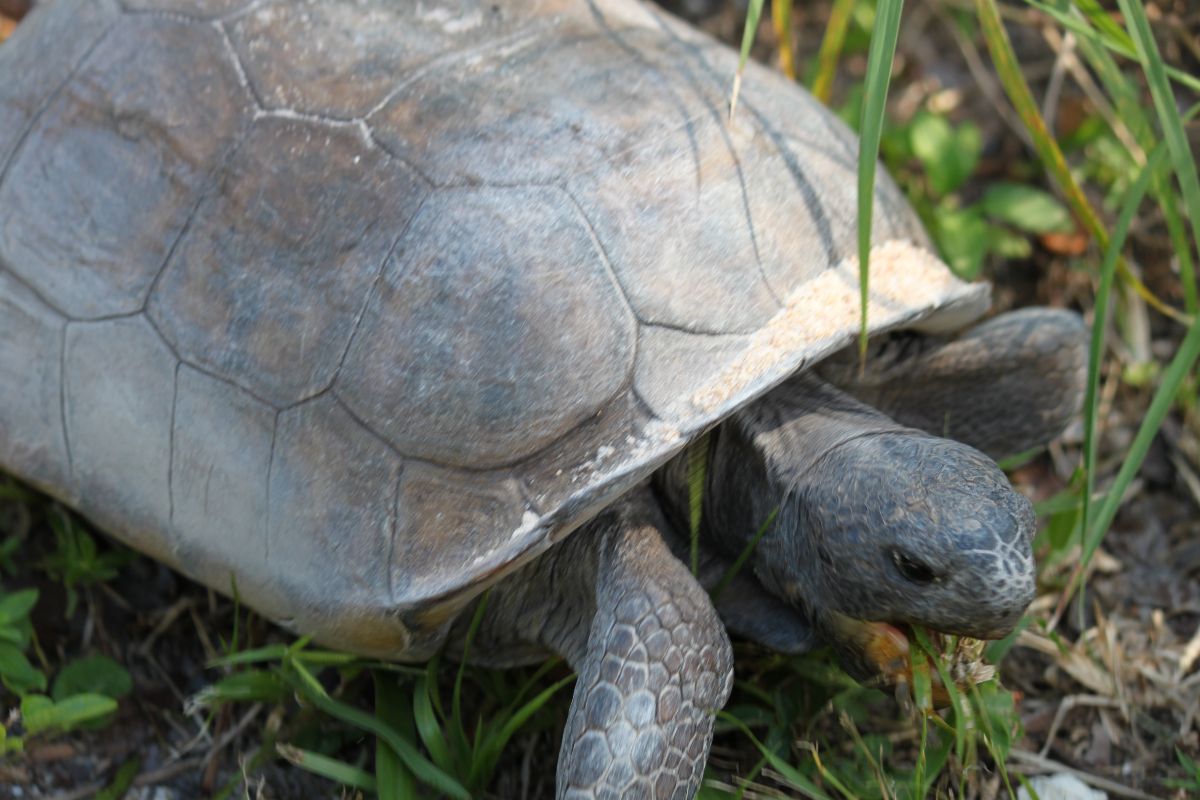
6. Gopher Tortoises Are Heavily Protected
The gopher tortoise is unfortunately deemed to be an endangered species. Luckily though, most states have strict rules and regulations in place to guarantee the tortoise’s long-term future.
In South Carolina, Georgia, and Mississippi, they are protected. In Alabama and Louisiana, they are a federally threatened species. Georgia and Florida both list the species as a non-game animal, and it is illegal in Alabama to hunt, kill, or capture one.
The hard work to protect the gopher tortoise species has seen dramatic rises in population numbers. This rise in numbers should help secure the tortoise’s future.
7. Females Are Larger Than Males
Unlike the human population, most female gopher tortoises are bigger than their male counterparts.
That’s not the only physical difference between male and female gopher tortoises. Male gopher tortoises are also easily recognizable because they have a concave plastron. That means they curve inwards. On the other hand, females have a plastron that is mostly flat.
8. Gopher Tortoises Dig Multiple Burrows
The gopher tortoise isn’t satisfied with digging just one burrow. Instead, each gopher tortoise will dig several large burrows.
Typically, gopher tortoises live in a burrow for months at a time. Some will even use the same burrow for years on end before moving on to another one.
9. Gus Is The Oldest Gopher Tortoise
Once bought by the side of a road for $5, the oldest living gopher tortoise in the world is named Gus.
Now living in the Museum of Natural History in Halifax, Nova Scotia, Gus is an impressive 99 years old (as of 2022).
As you can imagine, Gus is a big hit with guests and needs a lot of regular care and attention in his old age.
10. Baby Gopher Tortoises Survive On Their Own
Incredibly, from birth, baby gopher tortoises will survive on their own. As soon as their offspring are born, the parents have nothing to do with the baby tortoises. It is up to them to support and fend for themselves.
Final Thoughts
There you have it, 10 awesome, fun facts about the gopher tortoise. How many of our facts did you know before you read our list?
The gopher tortoise is a special species that offers the world plenty. An ecosystem engineer, without them, hundreds of other species would struggle to survive.
With that in mind, it’s crucial that we do all we can to keep supporting the gopher tortoise population as it rises.
- What Do Squirrels Eat? Learn About Their Diet and Winter Survival - October 14, 2024
- What Do Raccoons Eat? Discover Their Diet and Eating Habits - October 6, 2024
- What do foxes eat? - October 5, 2024

